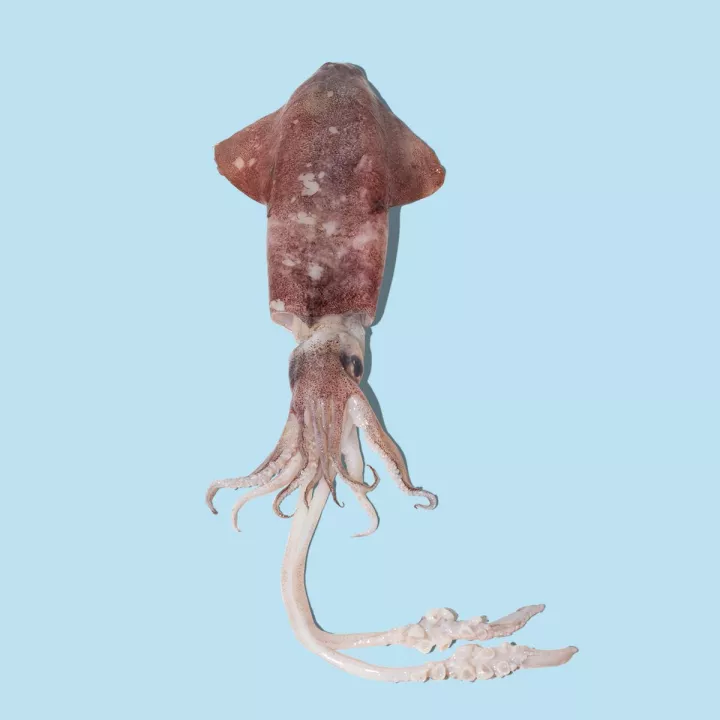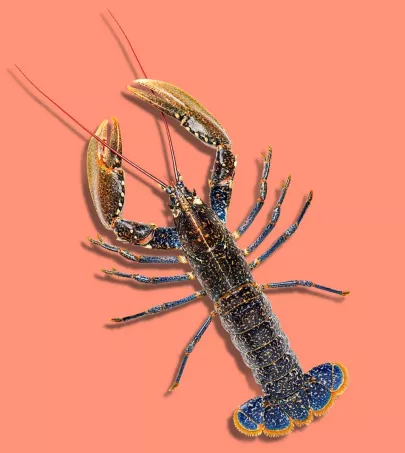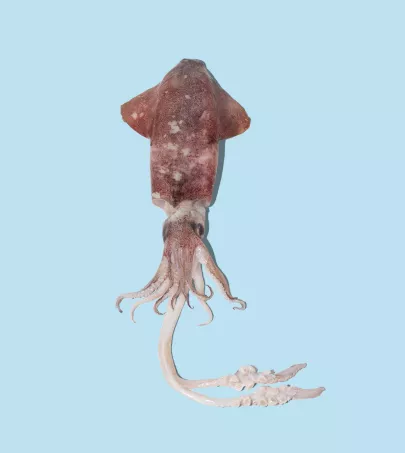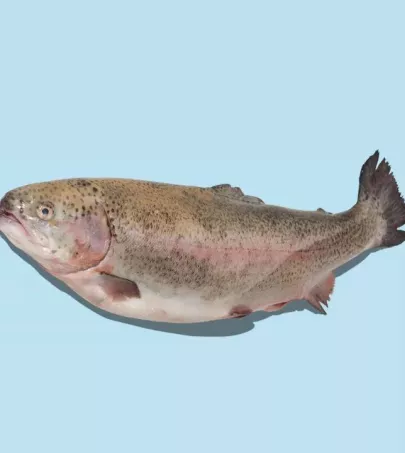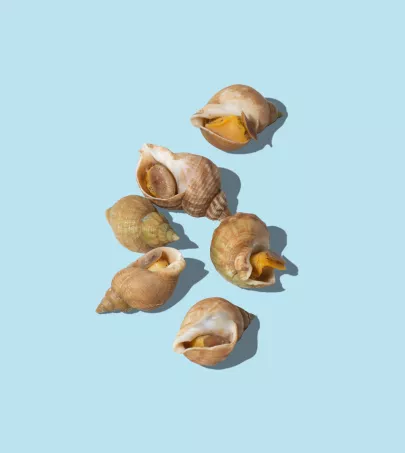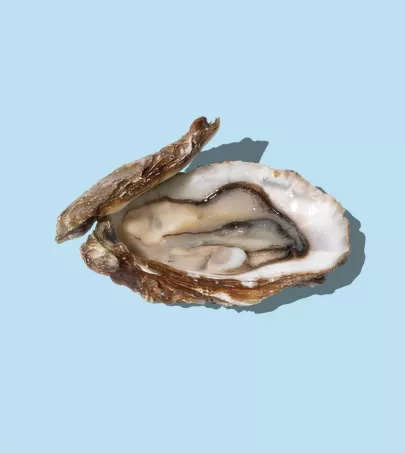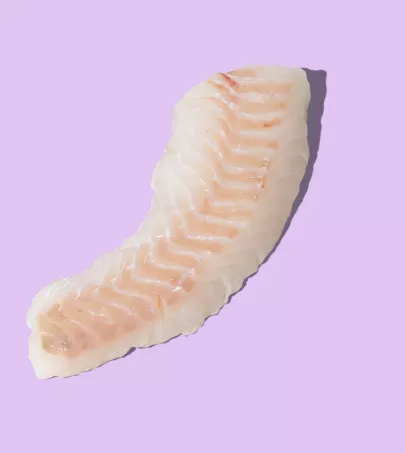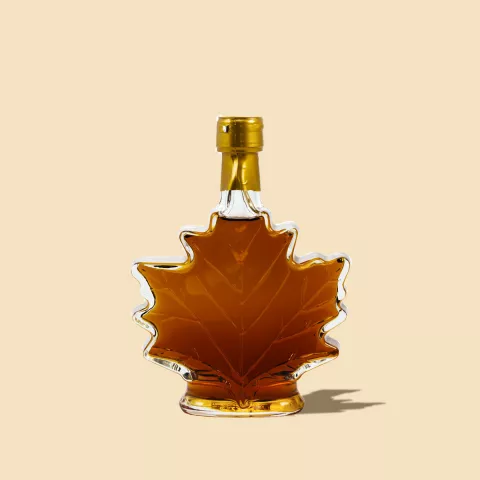This relation of the cuttlefish has a very short life cycle and is fished along the French coastline for its tender flesh and delicate sea flavor.
What you need to know
Squid first appeared some 540 million years ago. They are a carnivorous cephalopod related to the cuttlefish, with an elongated shape, two fins, eight arms and two long tentacles. They have a very thin bone called a pen. The French name, calamar, comes from the Italian word calamaro, derived from the Latin calamarium or "ink well", in reference to the ink sac found in the squid's head. Squid live in shoals, in the open sea. They die once they have reproduced, which they generally do at around a year old. Squid are fished with a funnel-shaped net pulled along by a boat, which allows the creatures to be collected without damaging them. In the Mediterranean, a dip net is still used. The abundance of squid has to do with environmental conditions, to which it is very sensitive. The average size of squid sold in France is 4 inches, but it can grow to 28 inches.
Characteristics
Look
Taste
Nutritional benefits
Squid is rich in protein and very low in fat. It is a source of mineral salts, B-group vitamins and in particular, vitamin B12.
Editor's note
How to use
Preparing and Serving Squid
To clean the squid, separate the head from the body. Cut it at the base of the tentacles to remove the beak and ink sac. Then, remove the pen and intestines from inside the body, as well as the fins and the skin, by pulling gently. Rinse with clean water. Small squid are sold whole, whilst the larger ones are generally cut into rings.
Pair with
Garlic, paprika, piment d'Espelette, chorizo, bell pepper
To drink: a white Côtes de Provence PDO, Muscadet Sèvre and Maine PDO, Jasnières PDO

